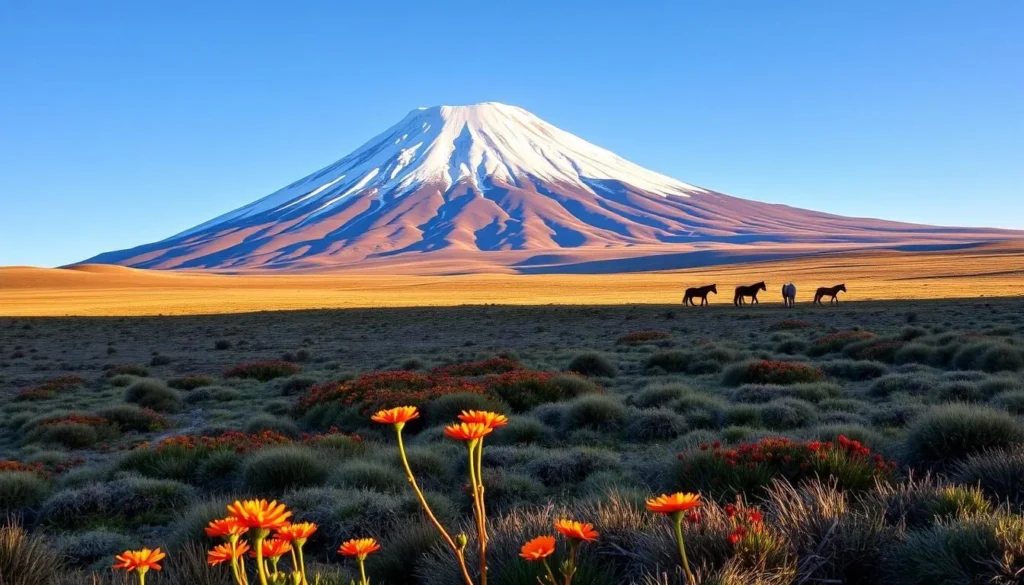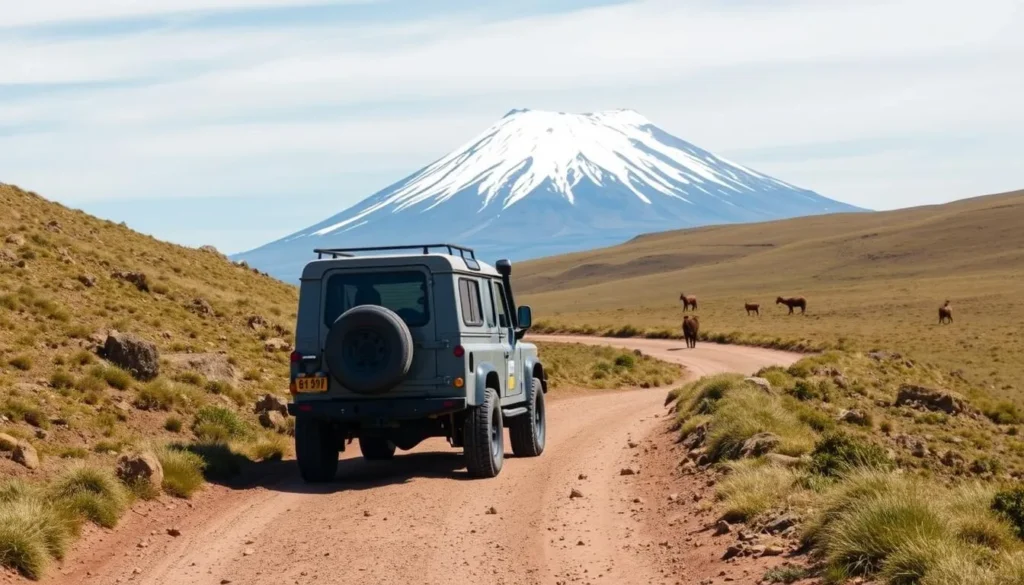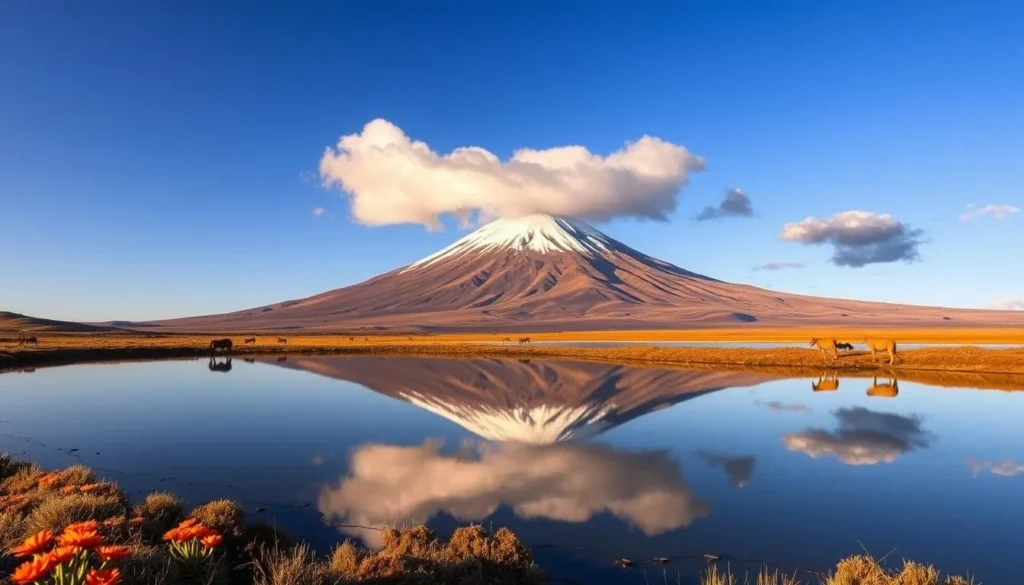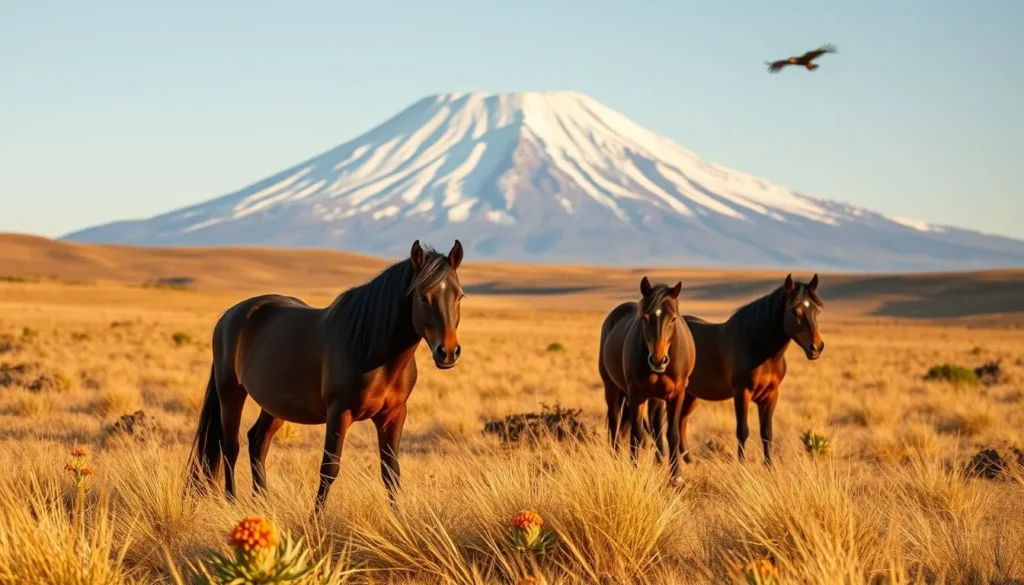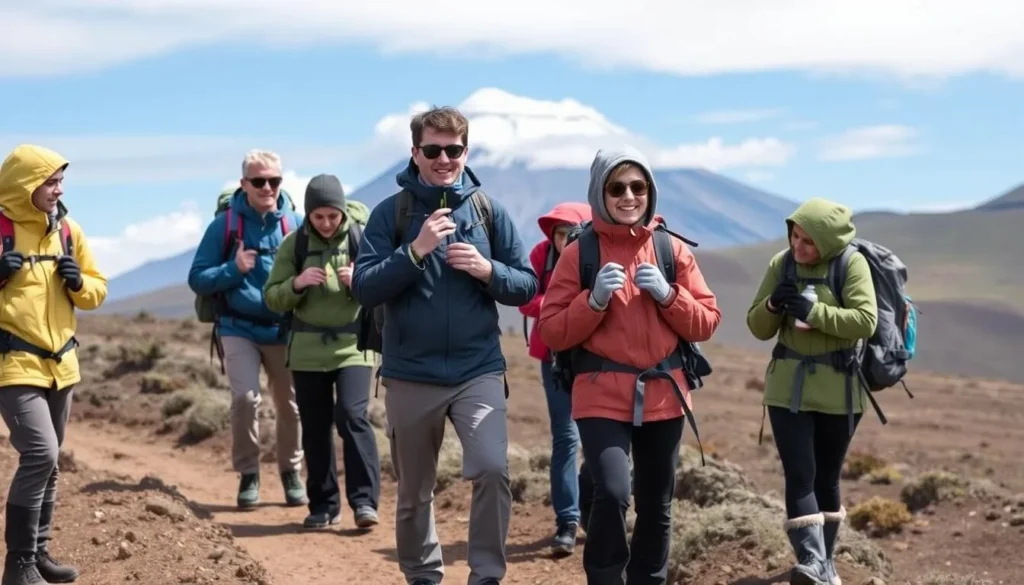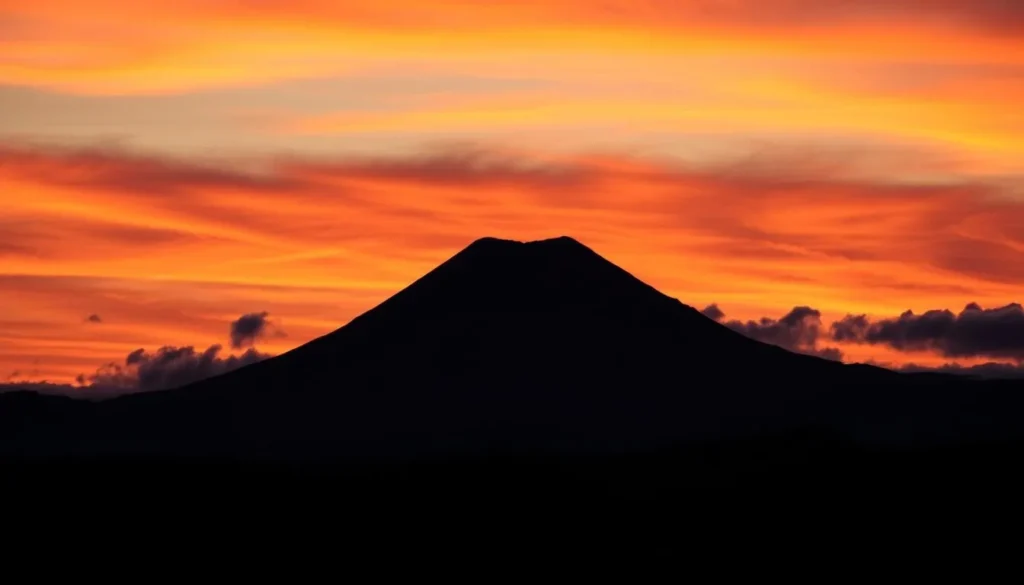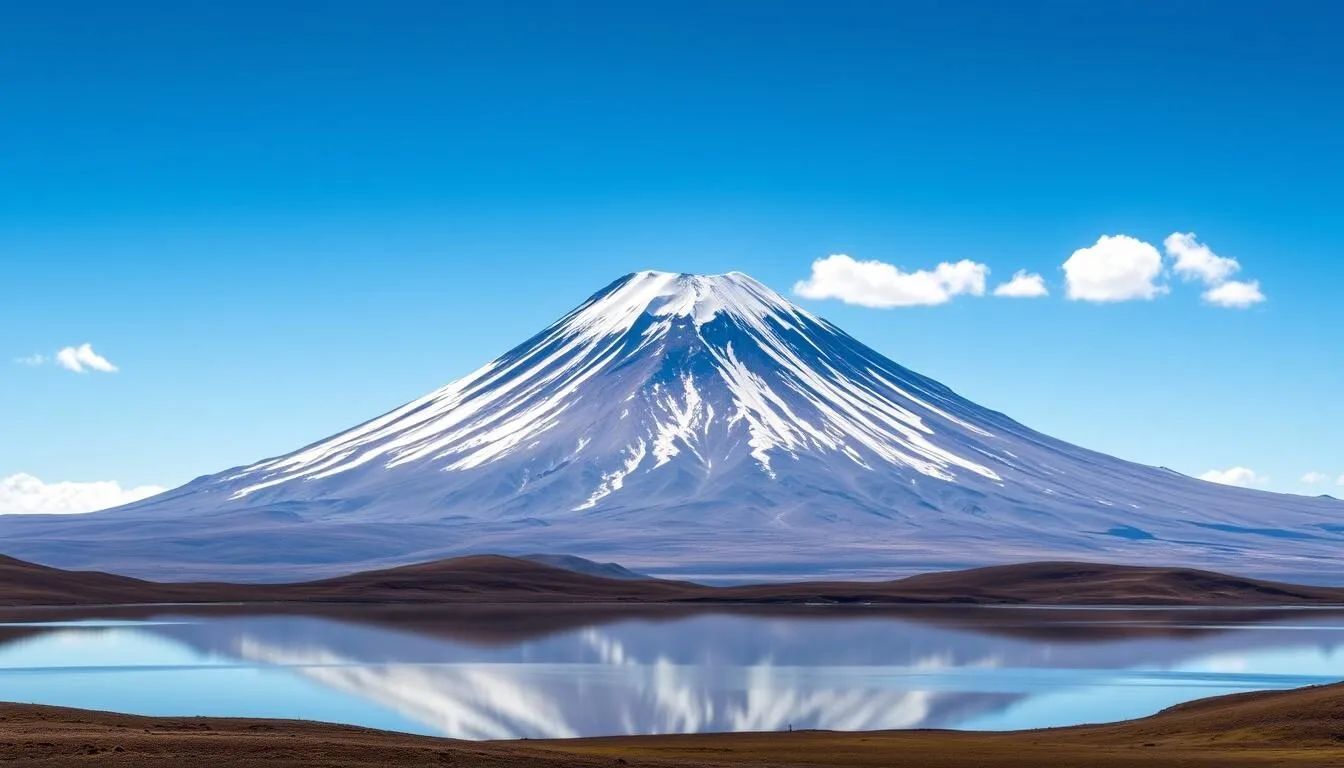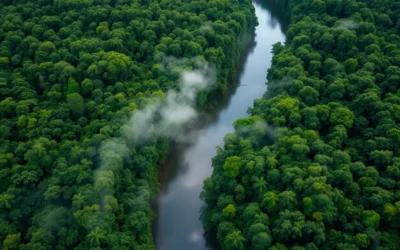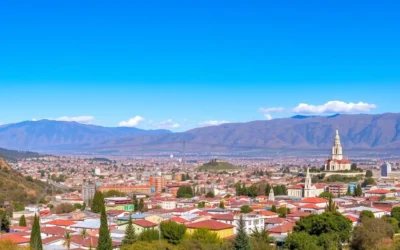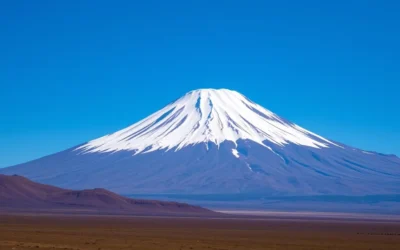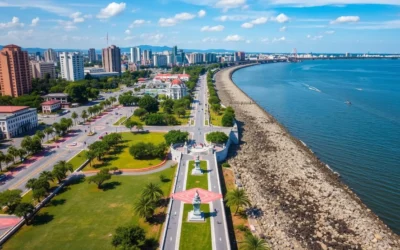Standing at an impressive 5,897 meters (19,347 feet), Cotopaxi Volcano isn’t just Ecuador’s second-highest peak—it’s one of the world’s tallest active volcanoes. This perfectly symmetrical snow-capped giant has erupted more than 87 times throughout recorded history, with the most recent significant activity occurring in 2015. Despite its explosive nature, Cotopaxi National Park has become one of Ecuador’s most visited natural attractions, drawing adventure seekers and nature lovers from around the globe.
Getting There & Planning Your Journey
Located just 50 km (31 miles) south of Quito, Cotopaxi National Park is easily accessible as a day trip from Ecuador’s capital. The park’s proximity to major transportation hubs makes it a convenient destination for travelers exploring the Avenue of the Volcanoes.
From Quito
The most straightforward way to reach Cotopaxi National Park is from Quito. You have several options:
Guided Tour: The simplest option is booking a guided tour from Quito. Most tours include transportation, entrance fees, and a knowledgeable guide.Public Transportation: Take a bus from Quito’s Quitumbe terminal to Latacunga (about $2), and ask to be dropped at the Chasqui entrance to the park. From there, you’ll need to arrange transportation to the park itself.Rental Car: For maximum flexibility, consider renting a car in Quito. The drive takes approximately 1.5 hours via the Pan-American Highway (E35).Private Driver: Hire a taxi or private driver for the day, which allows for a customized schedule. Ready to Visit Cotopaxi?
Find the best flight deals to Ecuador and start your adventure!
Search Flights
Best Time to Visit & Weather Tips
Cotopaxi National Park experiences two distinct seasons: dry (June-September) and wet (October-May). The weather at high elevations can be unpredictable year-round, with conditions changing rapidly throughout the day.
Dry Season (June-September)
This is generally considered the best time to visit Cotopaxi. The skies are clearer, offering better views of the volcano and surrounding landscapes. Temperatures during this period average around 6°C (43°F) during the day, dropping to -4°C (25°F) at night. The improved visibility makes this the ideal time for photography and climbing activities.
Wet Season (October-May)
During these months, expect more cloud cover and frequent rain. While the landscape becomes more lush and green, views of the volcano are often obscured. Morning hours typically offer the best chance for clear views before clouds roll in. The benefit of visiting during this time is fewer crowds.
Tip: Regardless of when you visit, arrive early in the morning for the best chance of clear views. Weather conditions change rapidly in the Andes, and Cotopaxi’s peak is often obscured by clouds by mid-day, even during the dry season.
Getting Around Locally
Once inside Cotopaxi National Park, getting around requires some planning. The park covers an area of 334 square kilometers (129 square miles) with varying terrain and limited infrastructure.
Transportation Options
4×4 Vehicles: The roads within the park are unpaved and can be rough, especially after rain. A 4×4 vehicle is highly recommended and sometimes necessary to reach key attractions like the parking lot at 4,500 meters.Guided Tours: Many visitors opt for guided tours that include transportation within the park. Guides know the best routes and can navigate the terrain safely.Hiking: Some areas are accessible only by foot. Be prepared for high-altitude hiking with appropriate gear.Mountain Biking: Biking is popular, especially the downhill route from the parking lot to the lower sections of the park.
Explore Cotopaxi at Your Own Pace
Rent a reliable 4×4 vehicle to navigate the park’s rugged terrain.
Find Rental Cars
Where to Stay
While many visitors experience Cotopaxi as a day trip from Quito, staying overnight allows you to experience the park’s tranquility and increases your chances of clear morning views of the volcano. Accommodation options range from basic refuges to luxurious haciendas.
Inside the Park
José Ribas Refuge: Located at 4,800 meters (15,748 feet) on the slopes of Cotopaxi, this basic mountain refuge is primarily for climbers attempting the summit. Expect dormitory-style accommodations with bunk beds for around $20-30 per night.Tambopaxi Lodge: One of the few lodges within park boundaries, offering comfortable rooms with stunning volcano views. It’s an excellent base for exploring the park.Camping: Permitted in designated areas with proper equipment. Be prepared for cold nights and changing weather conditions.Near the Park
Secret Garden Cotopaxi: A popular backpacker lodge offering dormitories and unique accommodations like treehouses and “hobbit homes.” Meals and activities are included.Traditional Haciendas: Several historic haciendas in the area offer luxurious accommodations with authentic Ecuadorian character and excellent cuisine.Latacunga: This nearby town offers budget-friendly options and serves as a good base for exploring both Cotopaxi and the Quilotoa Loop.Find Your Perfect Stay Near Cotopaxi
Book accommodations with stunning volcano views and easy park access.
Browse Accommodations
Dining & Local Cuisine
Food options within Cotopaxi National Park are limited, so planning meals is essential. However, the surrounding areas offer excellent opportunities to sample traditional Ecuadorian highland cuisine.
Within the Park
José Ribas Refuge: Offers basic hot meals and beverages, including the famous hot chocolate that’s perfect after a cold hike.Tambopaxi Lodge: The restaurant serves hearty meals focusing on local ingredients and traditional recipes.Picnics: Many visitors bring packed lunches to enjoy at scenic spots like Limpiopungo Lake.Local Specialties
When dining at lodges or restaurants near the park, look for these Ecuadorian highland specialties:
Locro de Papa: A creamy potato soup topped with avocado and cheese, perfect for warming up after a chilly day.Cuy: Roasted guinea pig, a traditional Andean delicacy (not for the faint-hearted).Llapingachos: Fried potato patties stuffed with cheese, often served with peanut sauce.Hornado: Roast pork with crispy skin, a weekend specialty in many local restaurants.Canelazo: A warm alcoholic beverage made with cinnamon, sugar, and aguardiente (sugar cane alcohol), perfect for cold evenings.Tip: Always carry water and high-energy snacks when exploring the park, as food options are limited and the altitude increases dehydration.
Attractions & Sightseeing
Cotopaxi National Park offers numerous natural attractions beyond the iconic volcano itself. From pristine lakes to unique geological formations, there’s plenty to explore.
Must-See Attractions
Cotopaxi Volcano: The park’s centerpiece and one of the world’s highest active volcanoes at 5,897 meters (19,347 feet). Its perfectly symmetrical cone is visible from many points throughout the park on clear days.Limpiopungo Lake: A beautiful glacial lake at 3,800 meters (12,467 feet) that offers stunning reflections of Cotopaxi on calm days. The flat 3 km (1.9 mile) trail around the lake is perfect for acclimatization and wildlife spotting.José Ribas Refuge: Located at 4,800 meters (15,748 feet), this mountain hut offers impressive views and serves as the base for summit attempts.Rumiñahui Volcano: This extinct volcano within the park reaches 4,721 meters (15,489 feet) and offers a less technical climb than Cotopaxi with equally spectacular views.Cotopaxi Glacier: The permanent ice cap covering Cotopaxi’s summit can be reached on a guided hike from the refuge.Experience Cotopaxi’s Wonders
Book a guided tour to see the best attractions with expert commentary.
Browse Tours
Activities & Adventures
Cotopaxi National Park is a paradise for outdoor enthusiasts, offering activities ranging from leisurely nature walks to challenging summit climbs. The diverse terrain provides options for visitors of all fitness levels and interests.
Hiking & Trekking
Limpiopungo Lake Loop: An easy 3 km (1.9 mile) flat trail circling the lake, perfect for acclimatization and wildlife viewing.Refuge Hike: A moderately challenging trek from the parking lot at 4,500 meters (14,764 feet) to the José Ribas Refuge at 4,800 meters (15,748 feet). Though only 1 km (0.6 miles), the altitude makes this a test of endurance.Glacier Hike: From the refuge, continue another 200 meters (656 feet) in elevation to reach the edge of the glacier. This requires proper equipment and ideally a guide.Rumiñahui Summit: A full-day, non-technical climb to the summit of this extinct volcano offering panoramic views of Cotopaxi and the surrounding Andes.Mountain Biking
Cotopaxi offers some of Ecuador’s most exciting mountain biking opportunities:
Downhill Adventure: Start at the parking lot (4,500 meters) and enjoy an exhilarating descent through volcanic terrain. Most tours provide bikes, safety equipment, and transportation back to Quito.Cross-Country Routes: Explore the lower elevations of the park on less technical trails suitable for intermediate riders.Summit Climbing
Climbing to Cotopaxi’s summit (5,897 meters/19,347 feet) is a challenging but rewarding adventure:
Technical Difficulty: While not extremely technical, the climb requires crampons, ice axe, and roped travel across the glacier.Duration: Typically a two-day excursion, with one night at the refuge before a midnight start for the summit.Guide Requirement: A certified guide is mandatory for safety reasons. The guide-to-climber ratio should be 1:2.Success Rate: Only about 30-40% of attempts reach the summit due to weather and altitude challenges.Acclimatization: Proper acclimatization is essential before attempting the climb to reduce the risk of altitude sickness.Horseback Riding
Experience the park like a traditional Ecuadorian chagra (cowboy):
Guided Rides: Several haciendas near the park offer horseback riding excursions with experienced guides.Terrain: Ride through páramo grasslands and volcanic landscapes with spectacular views.Duration: Options range from two-hour rides to full-day excursions.Adventure Awaits at Cotopaxi
Book guided adventures with experienced local experts.
Find Adventures
Wildlife & Natural Environment
Cotopaxi National Park is home to a unique ecosystem known as páramo, a high-altitude Andean grassland that supports diverse wildlife adapted to the harsh conditions. The park’s varying elevations create different habitats, from humid mountain forests at lower elevations to the permanent snow line above 5,000 meters (16,404 feet).
Wildlife Spotting
Mammals: Look for white-tailed deer, llamas, Andean foxes, rabbits, and wild horses. The elusive puma and spectacled bear also inhabit the park but are rarely seen.Birds: Over 90 bird species have been recorded in the park. Highlights include the Andean condor (Ecuador’s national bird), carunculated caracara, Andean gull, and several hummingbird species.Best Viewing Spots: Limpiopungo Lake is excellent for bird watching, while the open páramo areas are best for spotting mammals, especially in early morning or late afternoon.Flora
The park’s plant life has adapted to the harsh high-altitude conditions:
Chuquiragua: Known as the “flower of the Andes,” this orange flower is emblematic of Ecuador’s highlands.Páramo Grass: The dominant vegetation covering most of the park’s open areas.Polylepis Trees: These gnarled, paper-barked trees form the highest forests in the world in protected valleys.Mosses and Lichens: Abundant in the park, playing a crucial role in water retention and soil formation.Geological Features
The park’s landscape has been shaped by volcanic activity:
Cotopaxi Volcano: A textbook example of a stratovolcano with its symmetrical cone shape.Lava Flows: Previous eruptions have created distinctive lava fields visible throughout the park.Glacial Features: The retreat of glaciers has formed moraines and glacial lakes like Limpiopungo.Practical Travel Tips
Proper preparation is essential for a safe and enjoyable visit to Cotopaxi National Park. The high altitude and changeable weather require specific considerations.
What to Pack
Clothing: Dress in layers to adapt to changing temperatures. Essential items include a waterproof jacket, warm hat, gloves, and thermal layers.Footwear: Sturdy hiking boots with good ankle support and traction.Sun Protection: High-altitude sun is intense even on cloudy days. Bring sunscreen (SPF 50+), sunglasses, and a wide-brimmed hat.Hydration: Carry at least 2 liters of water per person. Altitude increases dehydration.Food: Pack high-energy snacks like nuts, dried fruit, and chocolate.Other Essentials: Camera, binoculars for wildlife viewing, basic first aid kit, and toilet paper.Altitude Considerations
Cotopaxi National Park sits at high elevation, with most activities taking place between 3,800-5,000 meters (12,467-16,404 feet):
Acclimatization: Spend at least 2-3 days in Quito (2,850 meters/9,350 feet) before visiting the park.Hydration: Drink plenty of water before and during your visit.Pace: Move slowly and take regular breaks, especially when hiking uphill.Altitude Sickness: Symptoms include headache, nausea, dizziness, and fatigue. If symptoms persist or worsen, descend immediately.Medication: Consider consulting your doctor about altitude sickness medication before your trip.Park Regulations
Entrance: While there is no entrance fee, visitors must register at the park entrance.Hours: The park is open daily from 8:00 AM to 5:00 PM.Guides: Required for summit attempts but optional for other activities.Leave No Trace: Pack out all trash and stay on designated trails.Wildlife: Observe animals from a distance and never feed them.Camping: Permitted only in designated areas.Pets: Not allowed in the park.Safety Tip: Cell phone coverage is limited within the park. Consider renting a satellite phone for emergencies if venturing into remote areas or attempting the summit.
Conclusion
Cotopaxi National Park represents Ecuador at its most magnificent—a place where the raw power of nature is on full display through its iconic volcano, diverse wildlife, and stunning landscapes. Whether you’re challenging yourself with a summit attempt, mountain biking down volcanic slopes, or simply enjoying the reflection of the perfect cone in Limpiopungo Lake, Cotopaxi offers unforgettable experiences for every type of traveler.
The park’s accessibility from Quito makes it possible to visit even on a tight schedule, though those with more time will be rewarded with deeper exploration and a greater chance of clear views of the majestic volcano. As you plan your visit, remember that the mountain demands respect—come prepared for its weather and altitude, but open to the wonder and adventure that await in one of South America’s most spectacular national parks.
Begin Your Cotopaxi Adventure
From flights to accommodations to guided tours, start planning your perfect Ecuador trip today!
The above is subject to change.
Check back often to TRAVEL.COM for the latest travel tips and deals.
